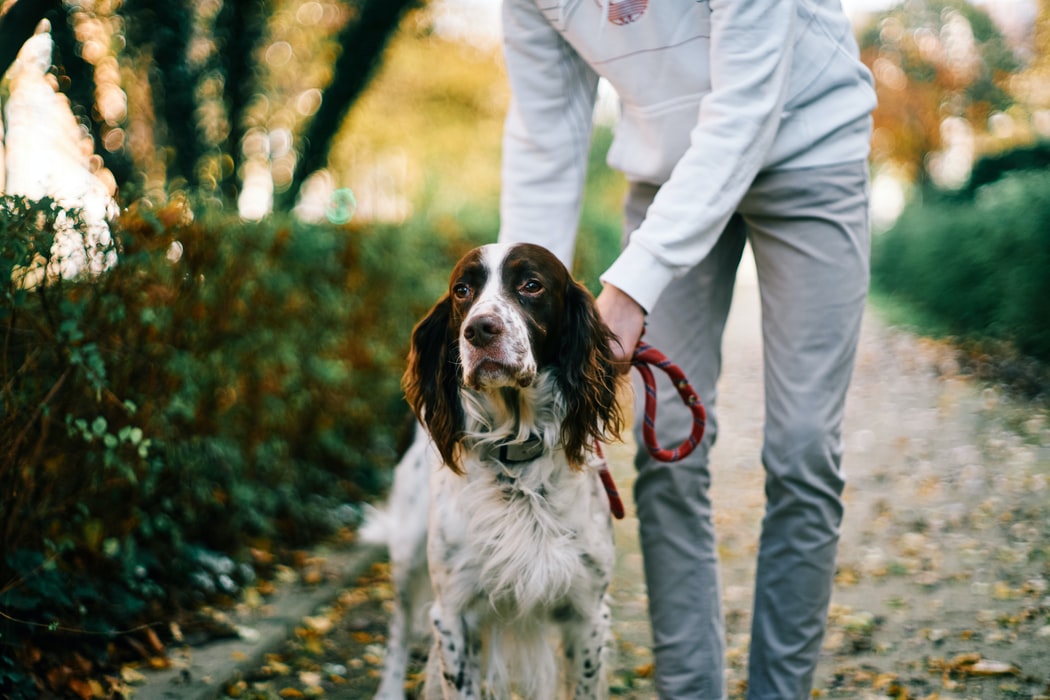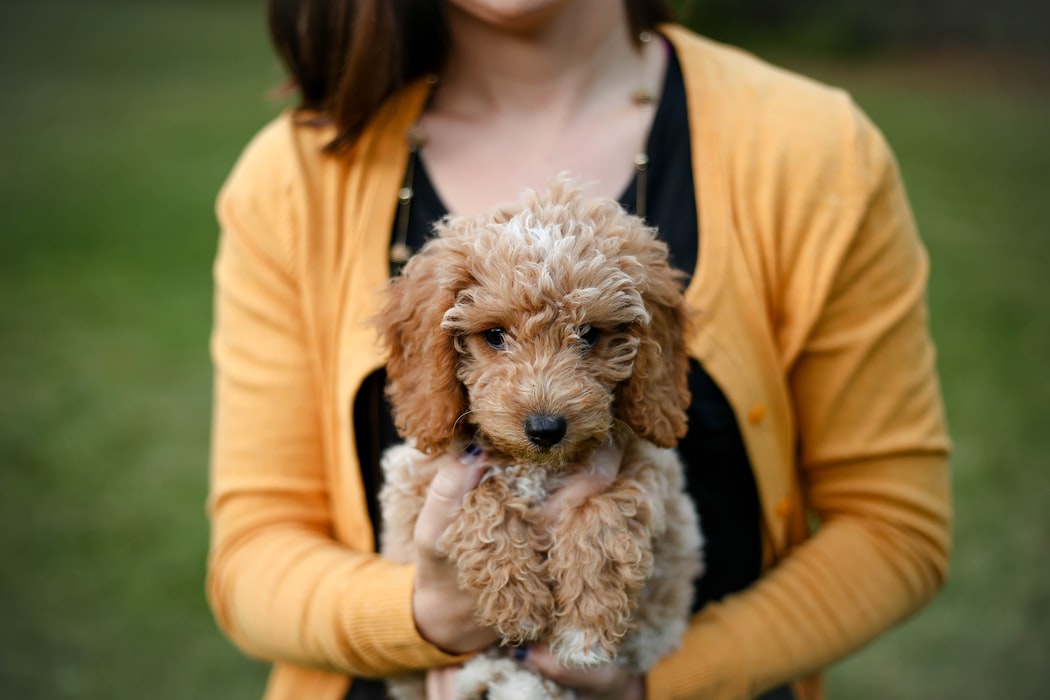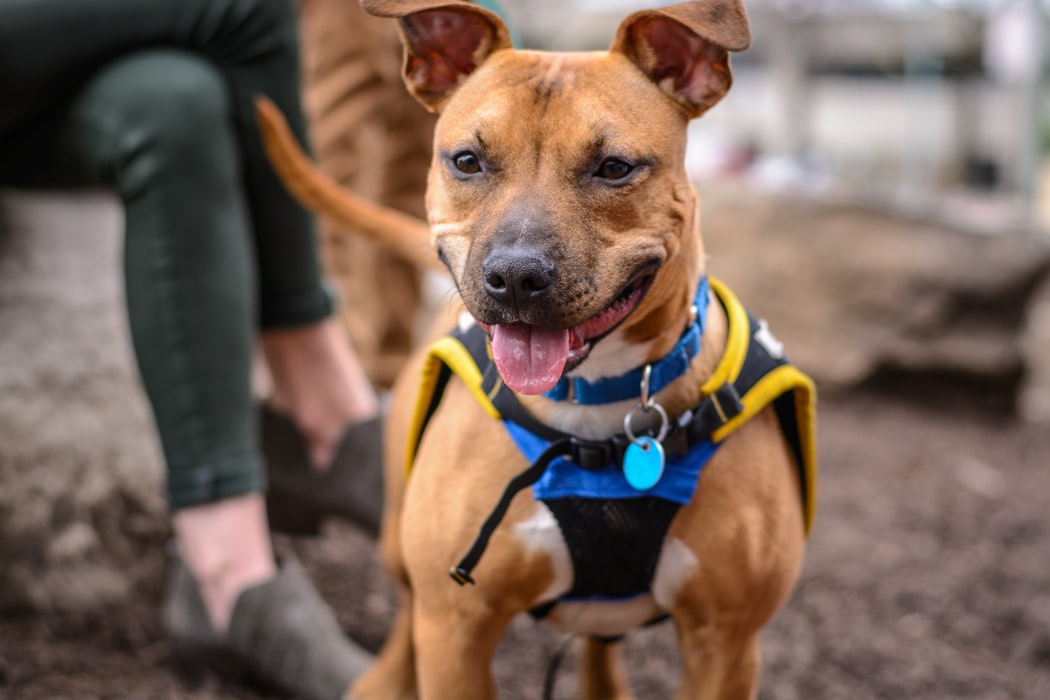
As much as you love your pet, it is important to set some boundaries in his behavior. Well-trained dogs are much happier and healthier and their owners, too. There are several ways to train a dog: you can hire a trainer to work with your dog individually or in a group. On the other hand, many people do it by themselves. Caring for pets involves caring for health, nutrition, behavior, and training.
Why train a dog?
By training, we not only influence the behavior of our pet, but we also create a better relationship with it, a relationship that will help you recognize its needs and response, which will make your dog feel happy and satisfied. With a trained dog, you will be more relaxed – you know that your pet will not defecate where he should not, it will not bark and attack passers-by and will obey your every command. A walk with a trained dog will be a real treat for both of you.

When is the best time to start training?
The fact is that there is no set time limit for upbringing and learning. Dogs are constantly learning – desirable or undesirable behaviors. It is up to us how we schedule our responsibilities and include the dog in our daily routine. Anyway, as soon as you start, better are chances to have a well-behaved pet.
Every walk, every interaction is an opportunity for education and learning, whether you are at home or on a walk! We should take the dog for a walk at least three times a day. For many, unfortunately, walking means going to the first dog park or meadow and letting the dog play with the others. While dogs play and socialize, many caregivers spend that time talking to others, some reading a book, some playing with a mobile phone.
Sometimes it takes an hour, two or longer. Later, they get angry because the dog does not answer the call because it “does not listen”. What’s the problem? The problem is that the dog has learned the daily routine, he has learned that going for a walk is reserved only for socializing with other dogs, and you become secondary, irrelevant throughout the story. A walk with our dog should be active, not only for the dog but for you too! One part of the walk should be reserved just for you and your dog, your interaction with each other, and learning.
It is believed that you can start with the basic commands when the puppies are between 3-6 months old. At that age, training should last 5-10 minutes. Read basic tips on how to approach training.

Patience
Patience is the key to any training. The level of patience you have when training has a direct effect on what the dog will be like – happy and obedient or sad and misbehaving. You are an adult in dressage. You are the coach, the pack leader, and the one who teaches. You need to be aware that you can’t teach a puppy everything in one workout, even in a week. It takes time and patience is the key to success. Always finish your training positively and don’t vent your frustrations on the dog.
Reward
Praise the dog when he does something good. To begin with, start with light commands such as sitting down, pawing up, going to the box on your command, and so on. Always have dog biscuits in your pocket. Award it after doing a trick in the right way. This will motivate him to continue obedience.
Find the right leash
Choosing a leash is the first step towards a quality walk with your pet. Fortunately for you, there is a huge selection of them on the market today, so you can easily find what you need. The first leash of your puppy must first of all be comfortable: adjusted to his weight and size, so that he does not itch and pull his hair. Another selection criterion is its length. For a start, take the shortest possible leash, so that your control over the movement is complete. As time goes on, you will be able to recognize the right moment to buy a new, long leash.

However, when it comes to training, you need a special leash that you choose depending on the breed and age of the dog, as well as depending on the level of aggression.
We usually use a dog harness after it already learns basic lessons in training. However, this is recommended for strong dogs, which pull the owner a lot when walking. If you put a collar and a simple leash on a strong dog, pulling can lead to serious injuries to the trachea. Ordinary collars, cloth, and leather are used for walking and training dogs of a soft character. If the dog pulls too much, consider a raw collar that results in minor injuries from tight collars.
Half-chokers – necklaces made of metal or canvas with a chain that is tightened. Although they seem like a good idea, these collars would be better used once the dog has already been taught to walk on a leash without pulling. Then it doesn’t really matter which necklace we use.
The chain choker is used for larger, more dangerous dogs, but since they are made of chains and often get lost in the hair, we recommend them only for short-haired dogs. There are also electric ones that will “warn” your dog every time he does something he shouldn’t. PetStruggles will teach you how to choose the right leash for your dog.

Expectations should be realistic
Dog training is a long process and requires a lot of patience. There are also other limitations that you need to consider. Eg. individual differences of dogs, age and its emotional maturity. When training a dog, be positive, have fun and your dog will be the same, and you will more easily achieve what you want. If you are overwhelmed by negative emotions do not waste time because you will not have results. A better option is to stop training and try again later.
Final thoughts
If you feel that you cannot cope with your dog on your own, if you are not able to teach him not to jump on you or to walk on a leash without straining it, it might not be a bad idea to seek the help of a professional trainer. The trainer will actually have the most to do with you, that is, he will explain to you how to handle the dog in certain situations, let him know that you are the main one, not him, and that he should listen to you and how to teach him tricks. later devise for themselves.
















